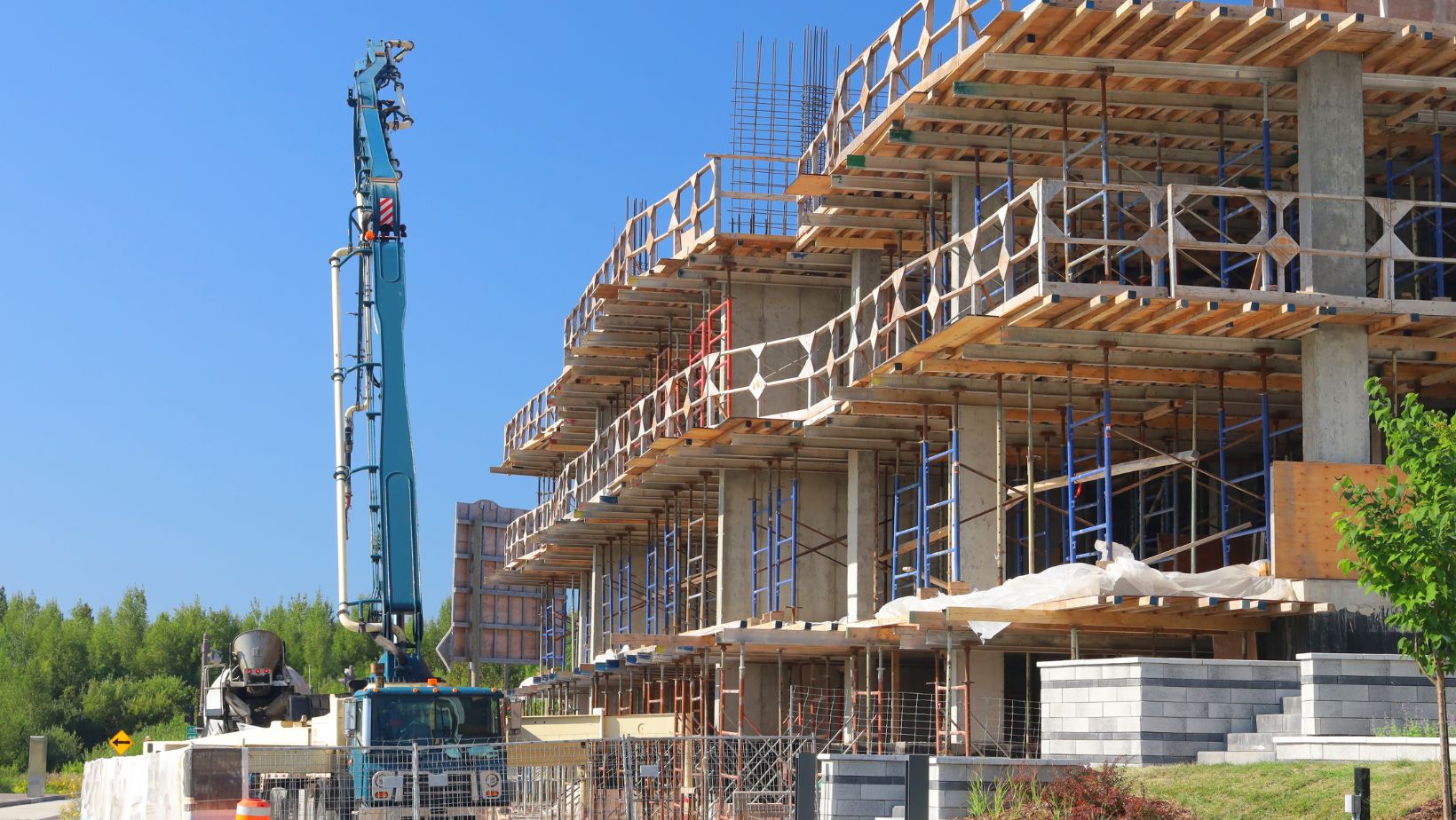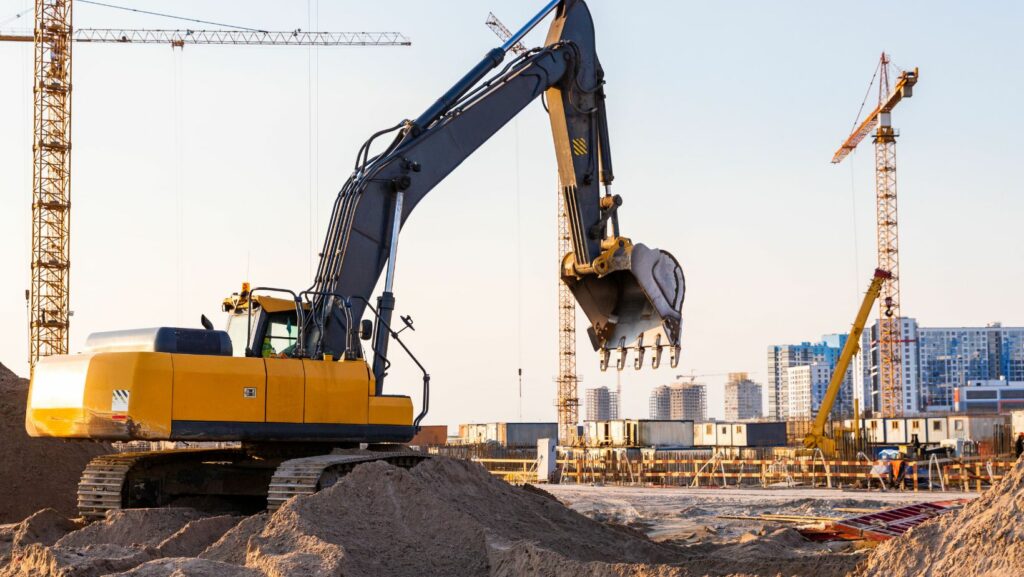When it comes to outdoor construction projects—think decks, fences, pergolas, or even retaining walls—most people focus on visible elements: wood types, surface finishes, lighting, or layout. But there’s one foundational detail that quietly holds everything together: the way you anchor your build to the ground. Poor groundwork can ruin even the best-looking design. If you’re setting posts or installing structural footings, the right equipment and method are essential. That’s where auger drilling plays a crucial role, especially when accuracy, stability, and efficiency are non-negotiable.
Why the Ground Beneath You Deserves More Attention
People often underestimate the importance of sub-surface preparation. Just because something looks solid doesn’t mean it’s built to last. Soil conditions can vary wildly—even within a single backyard—and what works for one spot may be a disaster a metre away. That’s why skipping the prep or using the wrong method can lead to sagging, leaning, or collapsing structures.
Properly drilled holes that match your design specifications, project scale, and soil conditions are the start of a successful, long-lasting build. Anything less introduces risks that only become visible once it’s too late (and often expensive) to fix.
Post Holes: More Than Just a Hole in the Ground
Digging might sound simple, but not all holes are equal. Uneven depth, inconsistent spacing, or holes that collapse before concrete sets can derail a project. Auger drilling—when done right—delivers uniform, precision-drilled holes that reduce installation time, prevent misalignment, and create a more secure base.
Other benefits include:
- Less physical labour compared to manual digging
- Cleaner holes with less disturbance to the surrounding soil
- Consistent depth for more stable structural anchors
In short, a good auger does more than drill—it makes the entire structure more reliable.
When to Rethink Manual Methods
Many DIYers default to shovels or post hole diggers simply because they’re familiar or already on hand. But this approach doesn’t scale well. If you’re working with rocky, clay-heavy, or compacted soil, manual digging quickly becomes inefficient and inconsistent. It also opens the door to injury or uneven results.

If your project involves more than just a couple of posts—or if you’re building on less-than-perfect terrain—investing in better equipment or hiring a pro with access to power augers is well worth it. The time and accuracy you gain pays off in the long-term structural integrity of your build.
Site Planning Mistakes That Lead to Headaches
Before you start digging, here are a few mistakes to avoid:
- Skipping soil testing: Knowing what you’re working with allows you to plan smarter.
- Neglecting local regulations: Councils may have rules on depth, spacing, and utility clearance.
- Forgetting utilities: Always call the appropriate service to check for underground pipes or cables.
- Not checking weather conditions: Wet soil can collapse around your hole before it’s even filled.

Getting these details right doesn’t just save time—it can prevent major safety hazards.
Think Below the Surface to Get Long-Term Results
Any outdoor project is only as good as the foundation it’s built on. Whether you’re installing a fence around your backyard or setting the posts for a new gazebo, it’s the quality of what’s beneath the surface that determines how long the structure will last. Taking the time to prepare the site properly—with the right tools and a clear plan—means fewer surprises down the road.
Well-drilled, stable holes make every step that follows easier, from setting posts and pouring concrete to ensuring level alignment. It might not be the flashiest part of the job, but it’s arguably the most important if you want results that stand the test of time.

